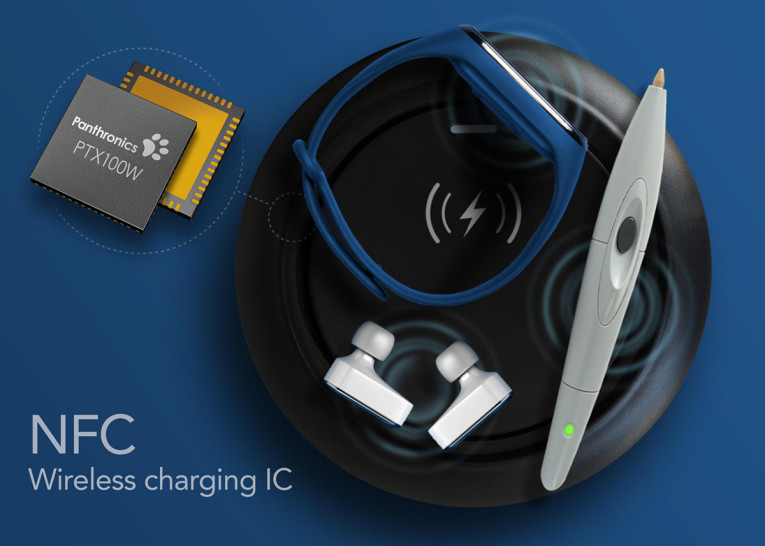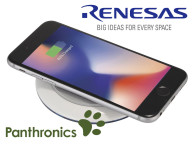
The NFC Forum, the organization promoting Near Field Communication (NFC) technology, backed by Apple, Google, Infineon, NXP, Qualcomm, ST Microelectronics, Sony and Visa, announced today that its Board of Directors approved and adopted the Wireless Charging Specification (WLC) 2.0.
WLC 1.0 was released only last year, and the updated WLC 2.0 specification makes it easier and more convenient to charge low-power devices such as true wireless earbuds and all sorts of small and wearable consumer products using smartphones and other NFC-enabled devices at a power transfer rate of up to one watt. It allows for wireless charging by enabling a single antenna in an NFC-enabled device to manage both communications and charging.
Using this technology for wireless charging is important as a convenience feature for consumers, complementing other wireless charging solutions, now predominantly based on the Qi standard, promoted by the Wireless Power Consortium (WPC) and supported directly by the same companies that support the NFC Forum. While the WPC is now working on extending the possibilities for wireless power with faster charging and safe use at higher power levels (including authentication), WLC 2.0 focuses on the opposite extreme of the equation, where slow 1W charging is not an issue. Consumers just don’t want to carry another charger. Smartphones now have enough battery capacity to share will other low power devices. Increasingly, powering one device from another - the same way as true wireless earbuds are charged by the case - becomes a logical feature.

What’s new with WLC 2.0 is that it supports even smaller antenna sizes expanding the range of small, battery-powered consumer and IoT devices that can be wirelessly charged using smartphones and other NFC-enabled devices. This is transformative for device manufacturers and solution providers because it allows for the design of smaller, lighter and more affordable wireless products. In addition, the NFC Forum estimates that the majority of mobile phones are interoperable with the extra small antennas covered in WLC 2.0.
“Over 60 million wireless earbuds were sold Q1 2021 worldwide. These and many other consumer products operate on rechargeable batteries and the NFC Forum’s Wireless Charging Technical Specification 2.0 is an easy, convenient method to keep everything charged. This specification will also further improve the user experience for the two billion consumers and businesses using smartphones and other connected products,” says Mike McCamon, executive director, NFC Forum. “It is part of a global trend toward the creation and proliferation of smaller, rechargeable devices and will allow the majority of smart phones and other NFC-enabled devices to communicate with and charge these products.”
This NFC specification uses the 13.56 MHz base frequency and leverages the NFC communication link to control the power transfer. WLC uses NFC near field magnetic induction for power transfer. NFC technology is unique in that it allows the transfer of power to an NFC tag to enable communication by providing a constant carrier signal. The WLC specification extends this communication functionality of NFC technology to enable wireless charging allowing a wireless device to communicate with its dedicated charger and a smartphone.
www.nfc-forum.org








